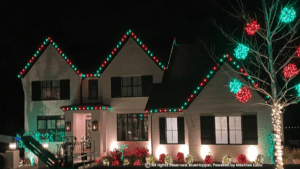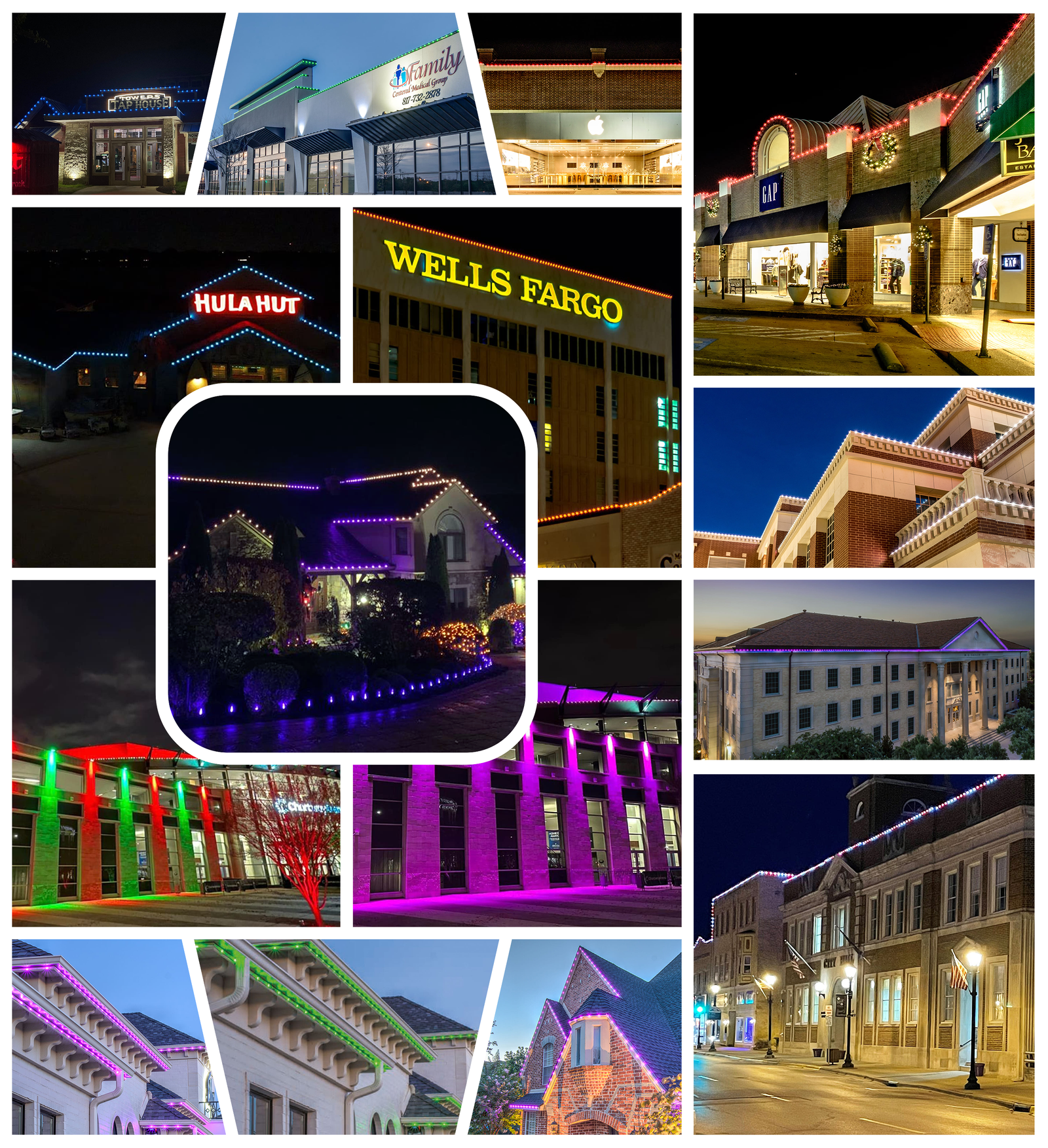In municipal outdoor lighting, efficiency, reliability, and adaptability are paramount. Traditionally, this domain has seen significant advancements with the integration of smart technologies. Bluetooth Low Energy (BLE) Mesh emerges as a game-changer, offering unprecedented control, flexibility, and energy savings. Let’s delve into how BLE Mesh is transforming outdoor lighting installations and revolutionizing urban landscapes.

Benefits of BLE Mesh
Scalaility:
BLE Mesh networks can seamlessly scale from a handful to thousands of nodes, accommodating the complexities of sprawling urban environments over 10 million square feet without compromising performance.
Energy Efficiency:
With precise control over individual luminaires, BLE Mesh enables intelligent dimming and scheduling, optimizing energy consumption and reducing operational costs.
Flexibility:
Municipalities can dynamically adjust lighting levels based on factors such as pedestrian traffic, weather conditions, or special events, fostering safer and more vibrant public spaces.
Reliability:
The decentralized nature of BLE Mesh ensures robustness and fault tolerance, mitigating the risk of single points of failure and enhancing system resilience.
Cost-Effectiveness:
Compared to traditional wired installations, BLE Mesh offers simplified deployment and maintenance, translating into lower installation costs and faster implementation.
Don’t miss out on the best time to engage with BlueHopper!
How BLE MeshWorks
BLE Mesh operates on a network topology where each luminaire serves as a node, communicating with neighboring nodes to relay data across the network. This mesh architecture eliminates the need for a centralized controller, enhancing scalability and reliability. Key components of BLE Mesh include:
Nodes:
These are individual lighting fixtures equipped with BLE-enabled controllers. Nodes can receive commands, transmit data, and relay messages to neighboring nodes, forming a robust mesh network.
Gateways:
Gateways serve as bridges between the BLE Mesh network and external control systems or user interfaces. They facilitate remote monitoring, management, and integration with broader smart city infrastructure.
Control Devices:
These include smartphones, tablets, or dedicated control panels used by administrators to configure lighting schedules, adjust brightness levels, and monitor system health.
Do you want to Install Permanent Outdoor Light!
BlueHopper Lighting and it is evident from all out permanent outdoor lighting products
Suggested Use Cases Of BLE Mesh In Municipal Lighting Installations
Astro Timer for BLE Mesh Lighting Modules
BLE Mesh modules can be equipped with astrological timers, allowing luminaires to autonomously adjust brightness based on sunrise and sunset times. This feature optimizes energy usage while ensuring consistent illumination throughout the night.
Integrating Sensors
By integrating environmental sensors into BLE Mesh nodes, municipalities can gather real-time data on ambient light levels, air quality, and temperature. This information enables adaptive lighting strategies and supports initiatives for environmental monitoring and sustainability.
Human-Centric Lighting for the City
BLE Mesh empowers municipalities to implement human-centric lighting solutions tailored to the circadian rhythms of residents. Dynamic color temperature adjustments mimic natural daylight, promoting well-being, productivity, and safety in urban spaces.
Patching a Defective Luminaire with Self-Healing Network
In a BLE Mesh network, if a luminaire becomes defective or malfunctions, neighboring nodes can dynamically reroute communication pathways, ensuring uninterrupted operation. This self-healing capability minimizes downtime and enhances system reliability without manual intervention.
Bi-Directional Network Communication
BLE Mesh facilitates bi-directional communication between nodes, enabling advanced functionalities such as feedback mechanisms and status reporting. In a bi-directional network, luminaires can not only receive commands but also transmit data back to the central control system, providing real-time insights into system performance, energy usage, and maintenance needs. This bidirectional communication enhances transparency, enabling municipalities to make informed decisions, optimize operations, and proactively address issues within the outdoor lighting infrastructure.
Conclusion
BLE Mesh technology represents a paradigm shift in municipal outdoor lighting installations, offering unprecedented levels of control, efficiency, and adaptability. With its scalable architecture, energy-saving capabilities, and support for advanced features like astrological timers and sensor integration, BLE Mesh is poised to redefine urban landscapes and create smarter, more sustainable cities. As municipalities embrace the potential of BLE Mesh, we can expect to see brighter, safer, and more vibrant public spaces for communities worldwide.








